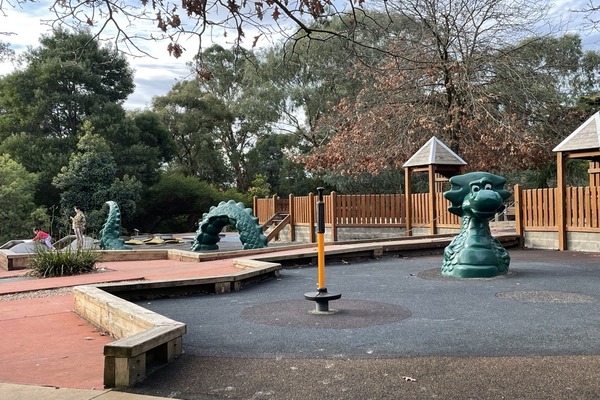Introducing flexibility to NSW’s antiquated ratings system was a good first step to help deliver the infrastructure and services communities need and deserve – but more must be done, Local Government NSW (LGNSW) said today.
LGNSW President Linda Scott said proposed new ratings categories, along with a new ratings formula recognising the impact of population growth, were certainly advances on the current moribund system.
“However, we are staring down the barrel of a prolonged economic recovery period and many councils are facing a financial crisis as they try to provide and maintain infrastructure and services to their communities,” Cr Scott said.
“The rigidity of NSW’s current ratings system and its one-size-fits-all rate peg has deprived communities of vital local infrastructure for far too long.
“These reforms don’t go far enough to solve underlying financial sustainability issues, so we are looking at a band-aid rather than a cure.”
Cr Scott was speaking after Local Government Minister Shelley Hancock unveiled a draft Local Government Amendment (Rating) Bill 2020, due to be introduced into Parliament next year.
The Bill, which has been put out for consultation over Christmas and the summer holiday period, allows:
- special rate variations to help councils undertake joint infrastructure projects with other levels of government
- A new “environmental land” rate category, the division of business rates into industrial and commercial categories, and more flexible residential, business and farmland rating subcategories
- Gradual rate harmonisation for amalgamated councils over four years, rather than a single year hit to residents’ hip pockets.
Minister Hancock also foreshadowed a new ratings formula, which incorporated recognition of the additional demands on community infrastructure and services by population growth, which is expected to be released by IPART in September 2021.
But Cr Scott said real change required the Government to take the next step and scrap the rate cap – a move also backed by the NSW Productivity Commission, NSW TCorp, the Planning Institute of Australia, the Committee for Sydney, the Sydney Business Chamber and the Western Sydney Business Chamber.
“Earlier this month the Productivity Commission found average NSW council rates stood at $591 per capita in 2019, compared to an $835 average for all other states,” she said.
“This means our communities right across NSW are missing out on good local roads, footpaths, sports facilities, parks, and all the other infrastructure and service components they need.
“If councils have insufficient funding to keep local infrastructure such as roads in shape, we all suffer – through increased congestion, lower productivity and a worse quality of life for everyone.”
Cr Scott said councils were also deeply concerned at a proposal to link mining land rates to standard business rates.
“The two categories are very different: once local gas and mineral resources are extracted, the associated wealth is lost to the local community forever, but local businesses continue to contribute to the prosperity of the local economy.
“It would be grossly unfair to reduce mining rates and ask those paying residential, farmland or business rates to make up the difference.”
Cr Scott said a lot more work was needed on the Government’s draft Bill to achieve meaningful reform and ensure a financially sustainable system.
“A fully flexible ratings system is key to ensuring councils can continue to provide and maintain infrastructure and services to their communities, helping to drive a locally led recovery,” she said.
“LGNSW will continue to advocate strongly for reform that will build a fair, financially sustainable way to fund the community infrastructure and services our communities need and deserve.”








